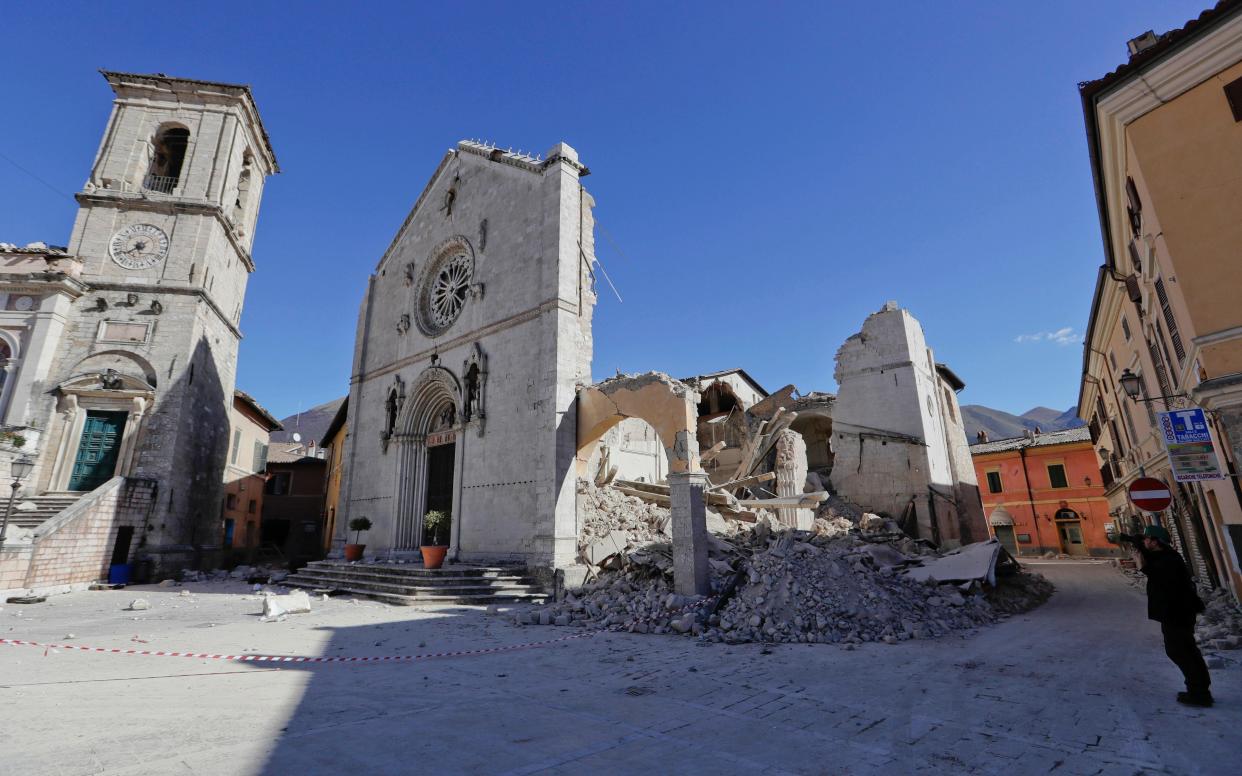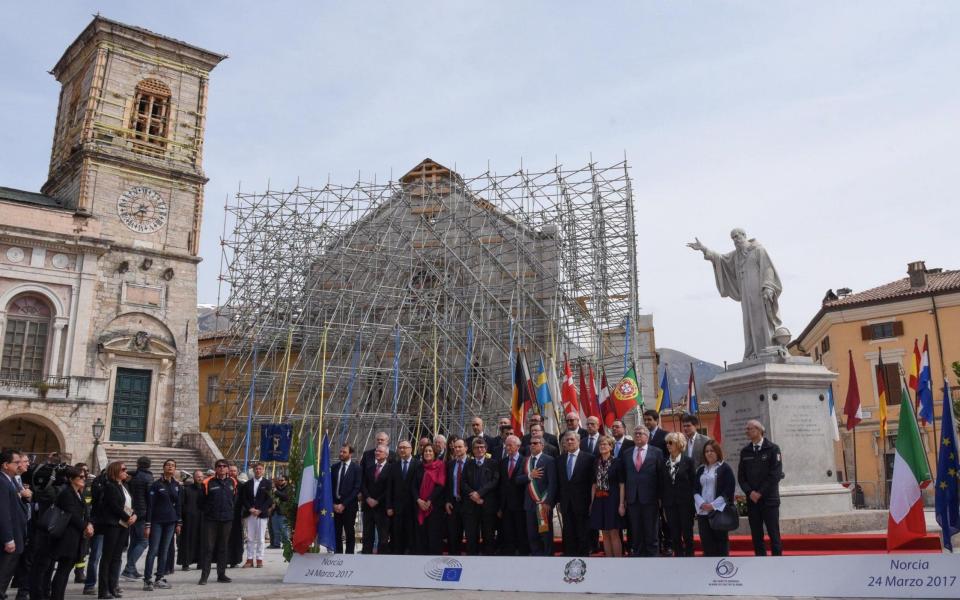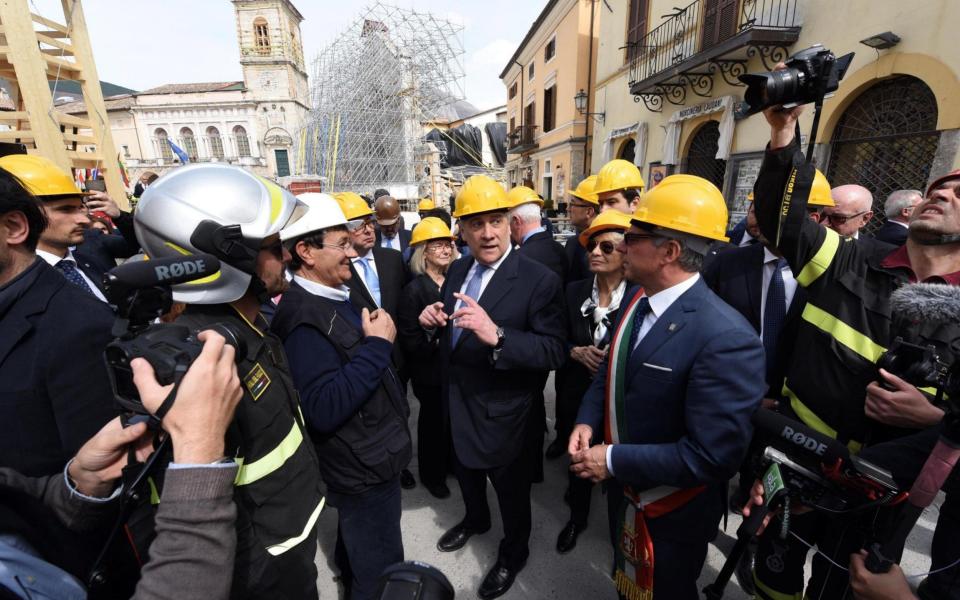Attractions in Italy's earthquake-hit region in bid for World Heritage status

Italy is proposing a hill town in Umbria and a religious festival in the mountain city of L’Aquila for World Heritage status. Both attractions are located in the mountainous centre of the country, which has been hit hard by earthquakes.
The Umbrian town of Norcia, which is famous for its truffles and cured meat, suffered damage last year when a 6.6 magnitude earthquake struck.
Norcia’s candidacy is a way of underlining the town’s reliance on gastronomy and food products, Italian officials said.
Italy is also putting forward the Perdonanza Celestiniana religious festival which is held in L’Aquila, the city that was badly damaged by an earthquake in 2009 that killed 300 people.
The festival commemorates a decision by Pope Celestine V, who was pontiff for just a few months in 1294, to grant indulgences to pilgrims who visited the Church of Santa Maria di Collemaggio church on August 28 or 29 each year.

The proposals will be put to Unesco, the UN’s cultural body, which has its headquarters in Paris.
The walled town of Norcia is renowned as one of Italy’s great culinary centres, with the surrounding countryside producing cheeses, salami and black truffles. It is also the birthplace of St Benedict, the founder of Western monasticism.
Inhabited in ancient times by the Sabines, it then became an important Roman trading centre, known as Nursia. Its main square, Piazza San Benedetto, is an architectural gem – boasting a statue of St Benedict, a medieval town hall, a castle and the Basilica of St Benedict.
The basilica was severely damaged by October’s earthquake but efforts are now underway to repair it.
The Norcia quake followed an earthquake in August that flattened much of the hill town of Amatrice, as well as several surrounding villages, killing more than 300 people.

Italy has the largest number of World Heritage sites of any country in the world – 51. Britain has 30.
They include the ancient Roman cities of Pompeii and Herculaneum, the Basilica of St Francis in Assisi in Umbria, the Amalfi Coast and the historic centres of Rome, Naples, Florence and Siena.
In January the Italians requested World Heritage status for the north-eastern region that produces prosecco. Rome wants the vine-covered hills around the towns of Conegliano and Valdobbiadene, in the Veneto region, to be recognised as an outstanding landscape.
Italy produces around 355 million bottles of prosecco a year, with Britain the biggest export market.

